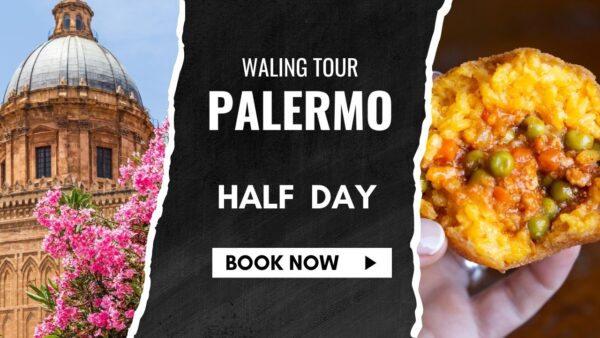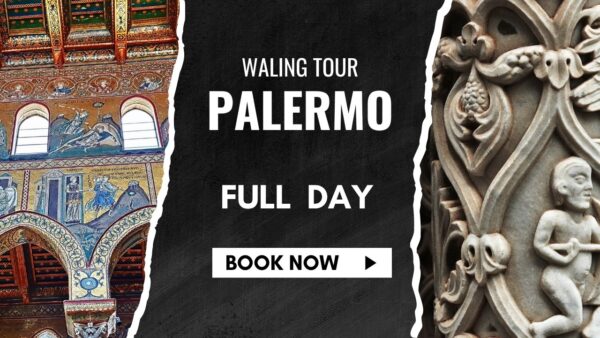The capital of the Sicily island; an island which is not only the largest in the Mediterranean but which has played one of the most important roles in both the region’s history and current affairs.
Palermo can trace its origins back almost 3000 years, to the times of the seafaring Phoenicians who built the first city here. For the history lover, it’s a very impressive place to explore; the surrounding areas are full of historic gems and artifacts just waiting to be uncovered.
Here, a rich multicultural legacy intertwines as North meets South and East meets West.
Marvel at the splendid churches, castles, andaces that tell stories of the Classical, Medieval, and Baroque eras.


